The Service Design Award is currently open for submission again. Submit your project for a chance to win and present at the Service Design Global Conference in Toronto this year.
Introduction
In 2014, one of the largest police forces in the UK committed to a radical transformation programme that would help the force meet current and future policing needs, manage citizen expectations and reduce cost across its operations. Part of this transformation includes improving public contact and defining new channels through which the police could respond to citizens’ needs—not only in a more efficient and effective way but in a more inclusive way as well.
The research found police forces have a traditionally fragmented process, which for a citizen can lack feedback and transparency. Systemic communication blockers are as common. The police have developed workarounds for these blockers, but they come at a cost: a reduction in efficiency and decreased visibility in the process for citizens.
There is always a heavy demand (on average, four calls every minute of every hour of every day, 365 days of the year) on the Force’s 999 emergency and 101 non-emergency telephony channels which are used for all types of queries. Our research found that a large number of internal administrative requests are logged via this channel, which has an impact on the capacity of contact handlers to help citizens who are truly in need.
Our service proposition leveraged digital channels to reduce the administrative tasks to a minimum for both officers and contact handlers. Tools like Online Crime Reporting’ provided citizens with clarity regarding individual cases and progress in development. As a result, contact handlers and officers can focus on matters that require and benefit from human contact.
Furthermore, we delivered a tool which, through natural language search, empowers citizens to better identify their situation or problem. All options available are then explained through a visual, step-by-step breakdown which outlines the different types of crimes that can be reported, the phases of the process, and possible actions and timelines. Citizens who previously might not have felt comfortable reporting a crime now have a clearer understanding of the process and an idea of what to expect if they were to report an incident.
The Process of Co-Design and Co-Delivery
Understanding the field
The research phase of this project involved both qualitative and quantitative research. We interviewed 35 members of the police, partners and members of the public to understand the challenges in public contact. We also analysed 3500 calls that the Force had received and categorised, and then used data visualisation to extract meaningful insights that wouldn’t be visible otherwise.
When we saw how diverse the landscape displayed by the data was, we quickly realised that combining the two kinds of research would provide us with real, actionable insights. This gave scale to our findings thanks to the underlying data, and gave depth to our data due to the additional context provided by the interviews. This led to the creation of “data-infused” journeys.
By conducting interviews, we identified five unique citizen journeys based on different crimes. We then infused each specific journey with the data previously collected. As the journey can be radically different for each citizen, we accounted for each different segment of callers with variations in the journeys based on the data provided.


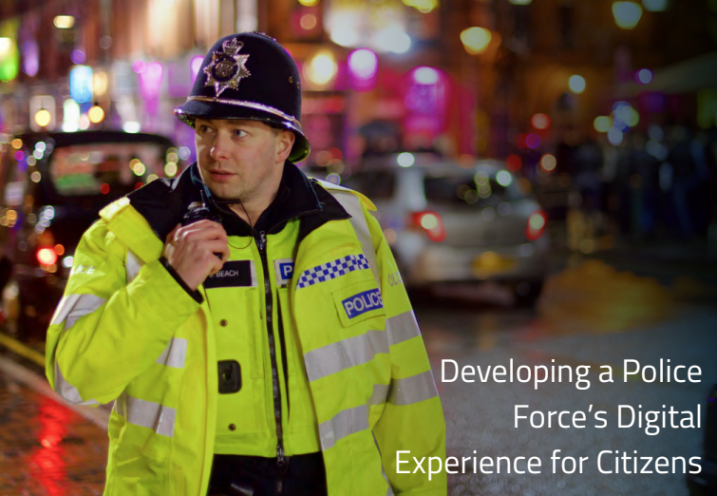
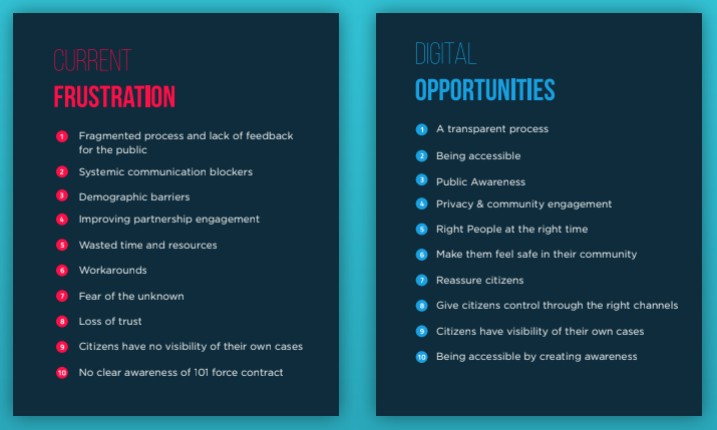

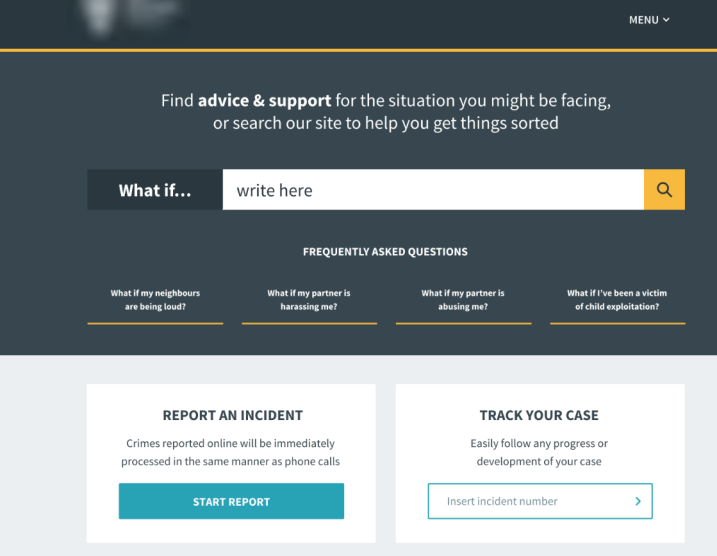
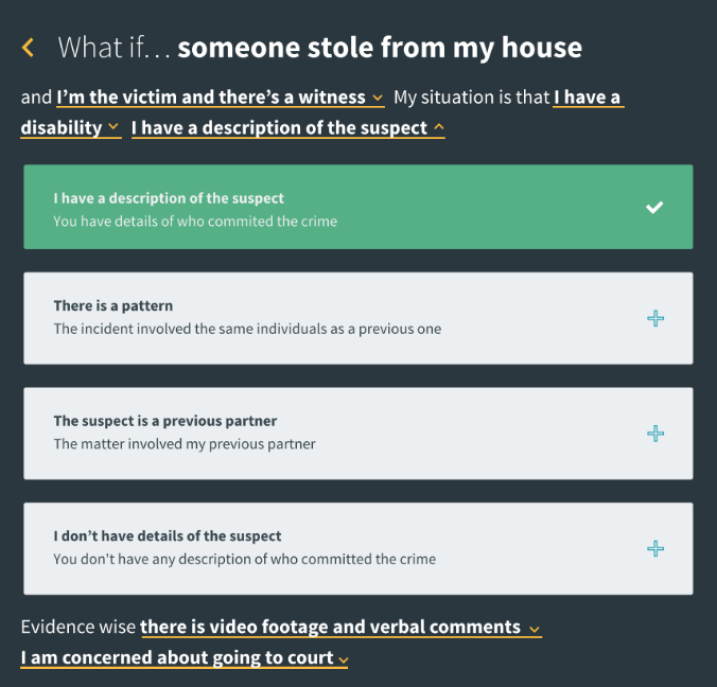
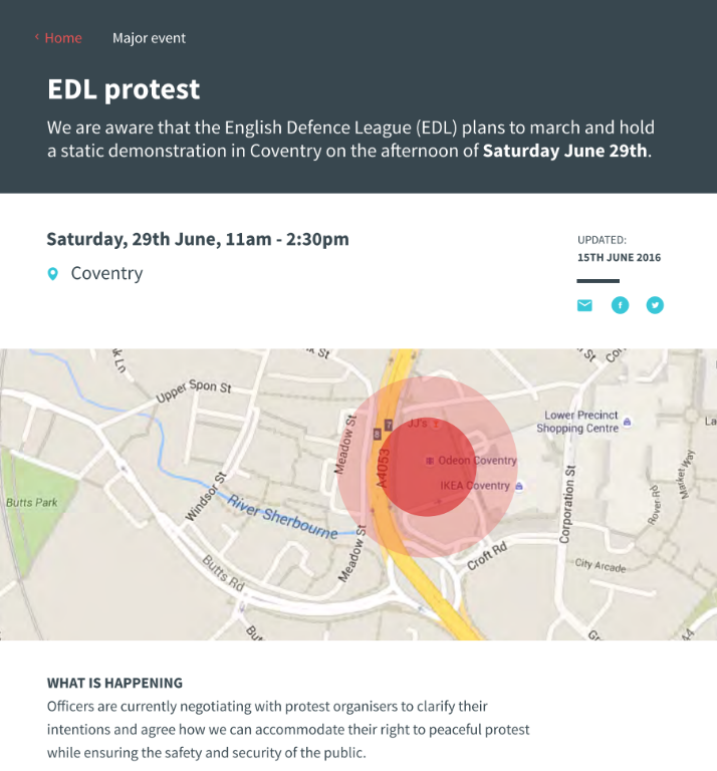

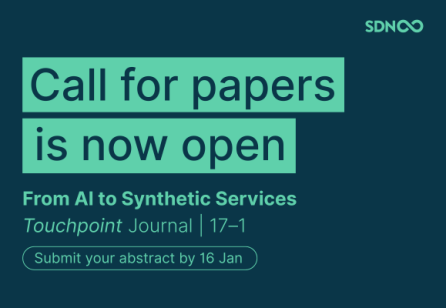



Share your thoughts
0 RepliesPlease login to comment